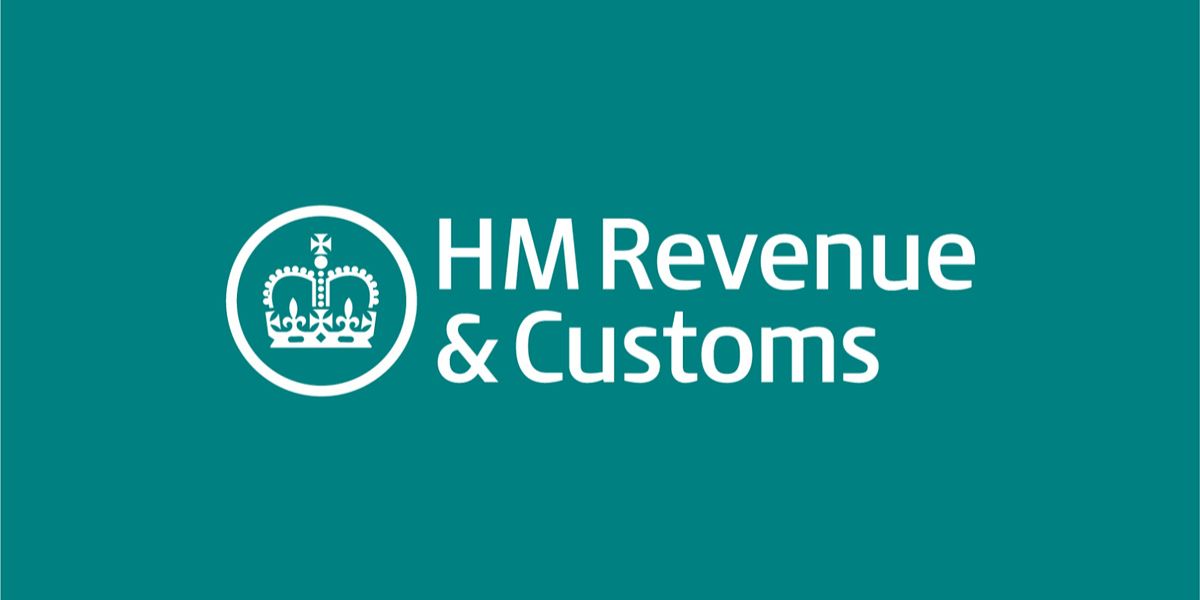On 17 November 2020 the UK published an evaluation of the patent box regime.
The patent box was designed as an incentive for companies to retain and commercialise their intellectual property in the UK. A lower 10% rate of corporation tax is charged on profits earned by a company from its patented and other similarly protected inventions. Companies can elect into this regime which was phased in gradually between 2013 and 2017.
HMRC has undertaken an evaluation of the wider economic aspects of the patent box regime to gain a clearer picture of the effectiveness of the incentive. This is the first time that the wider economic impact of the regime has been researched.
The UK’s National Audit Office (NAO) and Public Accounts Committee (PAC) have recently recommended that HMRC and HM Treasury should perform evaluations of tax relief and publish the findings. The report on the patent box is one result of that recommendation.
Methodology
The report notes that the patent box literature generally looks at arguments that patent box regimes may encourage international tax competition, may enable profit shifting between jurisdictions, and do not result in significant benefits for the economy. There appears however to have been little attention paid to the effect of patent boxes on company results. HMRC used micro-level data to assess the impact of the UK patent box regime on capital investment by companies.
Conclusion
The findings indicate that the patent box regime has positively impacted business investment in the UK. Assets held by companies that use the patent box have increased by around 10% compared to similar companies that have not used the regime since it was introduced. There may also be benefits to companies commercialising intellectual property in the UK in addition to the evidence for increased investment.
The study notes that future work on this issue should also look at the levels of skilled employment, or at levels of employment in general, resulting from participation by companies in the patent box regime.















